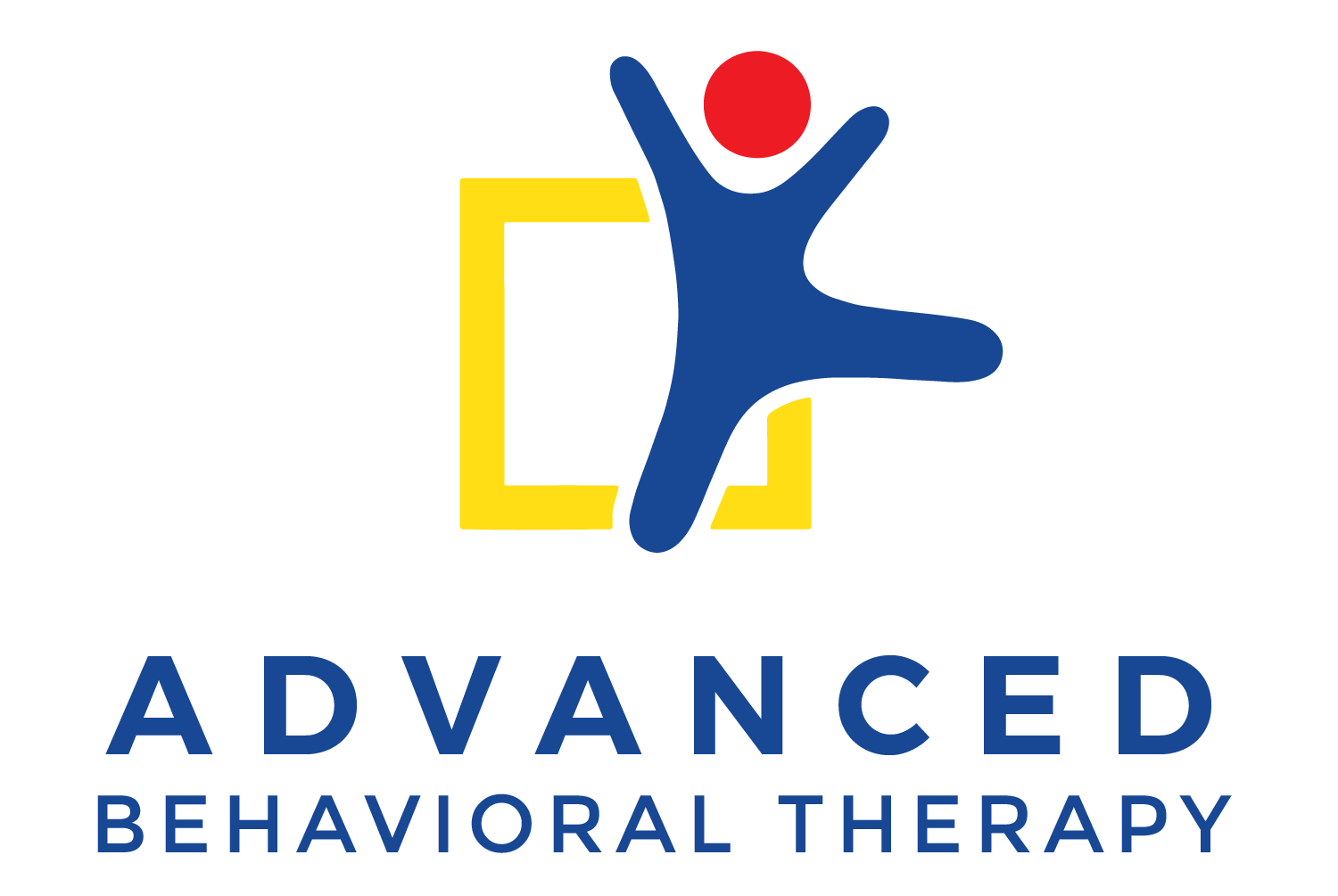Understanding the Role of an Occupational Therapist in Behavioral Therapy
Welcome to the world of occupational therapy, where the magic of healing meets the art of daily living! If you’ve ever wondered how an occupational therapist (OT) can make a difference in behavioral therapy, you’re in for a treat. In this blog post, we will explore the multifaceted role of an OT in behavioral therapy, especially for children and seniors alike.
Definition of Occupational Therapy
Occupational therapy is a client-centered health profession that focuses on promoting health and well-being through engagement in occupation. This means everything from helping kids develop fine motor skills to providing adaptive equipment training for adults recovering from strokes. OTs work with clients to achieve their goals through tailored interventions that cater to individual needs.
Overview of Behavioral Therapy
Behavioral therapy, on the other hand, focuses on understanding and modifying behaviors. It’s often used for children with autism or those struggling with ADHD. The goal? To help them navigate social situations, improve communication skills, and develop effective coping strategies.
When combined with occupational therapy services, these two approaches create a holistic treatment plan that addresses both physical and emotional needs.
Importance of Understanding the Role of an Occupational Therapist in This Context
Comprehensive care OTs assess not only physical abilities but also cognitive and emotional factors that affect behavior. Tailored interventions design OT interventions specifically for each child’s unique challenges-think sensory integration therapy or play-based interventions for kids with special needs.
Collaboration OTs often collaborate with other professionals, like psychologists or speech therapists, to provide well-rounded care.
Long-term success by incorporating OT into behavioral therapy plans, families can see lasting improvements not only in behavior but also in daily living skills.

The Role of an Occupational Therapist
Qualifications and Training Required
A master’s degree in occupational therapy is typically required. Some programs even offer specialized tracks like pediatric occupational therapy or geriatric occupational therapy.
Candidates must complete supervised fieldwork as part of their training-because who wants a rookie working on their fine motor skills?
A passing score on the national certification exam is mandatory. Only then can they call themselves a certified occupational therapist!
Collaboration with Other Professionals in Behavioral Therapy
No occupational therapist is an island! Collaboration is key in behavioral therapy settings. Here’s how they team up with other professionals:
- Pediatricians: OTs often work closely with pediatricians to develop comprehensive treatment plans for children facing developmental delays.
- Speech Therapists: When communication issues arise, OTs collaborate with speech therapists to address both physical and verbal communication barriers.
- Psychologists: In cases involving mental health occupational therapy, OTs may partner with psychologists to create holistic care plans that address emotional well-being alongside physical capabilities.
- Sociologists/Social Workers: They also connect with social workers to ensure that clients have access to community resources that support their overall well-being.

The role of an occupational therapist extends far beyond traditional boundaries. They are pivotal in bridging gaps between various therapeutic disciplines while ensuring that each client receives personalized care tailored to their unique needs.
Techniques and Approaches Used by Occupational Therapists
Assessment Methods for Children with ASD or Developmental Delays
The first step in any effective occupational therapy plan is a thorough assessment. For children with Autism Spectrum Disorder (ASD) or developmental delays, this involves:
- Standardized Assessments: OTs utilize tools like the Battelle Developmental Inventory or the Peabody Developmental Motor Scales to gauge a child’s abilities across various domains.
- Observational Techniques: Watching kids in natural settings helps OTs understand how they interact with their environment and peers, revealing strengths and areas needing support.
- Parent Interviews: Gathering insights from parents provides valuable context about the child’s behavior at home, which is crucial for tailoring interventions.
Goal-Setting Strategies for Therapy Sessions
Once assessments are complete, it’s time to set some goals! OTs employ several strategies to ensure that goals are not only achievable but also meaningful:
- S.M.A.R.T. Goals: Specific, Measurable, Achievable, Relevant, and Time-bound goals help keep therapy focused and trackable.
- Collaborative Goal-Setting: Involving both the child and their family in setting goals fosters ownership and motivation-because who doesn’t want a say in their own progress?
- Short-Term vs. Long-Term Goals: Balancing immediate objectives (like mastering buttoning shirts) with bigger aspirations (like improving social skills) keeps everyone engaged.
Interventions and Activities Tailored to Individual Needs
The Sensory Integration Therapy approach helps children process sensory information more effectively—think of it as training for their senses.
Play-based interventions, which utilize play as a medium, allow kids to learn new skills while having fun, because who says therapy has to be boring?
Cognitive Rehabilitation Activities are for older clients or those recovering from strokes. OTs may incorporate cognitive exercises that improve memory and problem-solving skills.
Adaptive Equipment Training, teaching clients how to use tools like specialized utensils or mobility aids, can significantly enhance independence in daily living tasks.

The beauty of occupational therapy lies in its adaptability. Each session is an opportunity for creativity, innovation, and genuine connection between the therapist and client.
By employing these techniques —whether through assessments tailored for children with ASD or utilizing play-based interventions—occupational therapists pave the way toward meaningful improvements in behavior and skill development.
The Impact of Occupational Therapy on Behavioral Outcomes
Case Studies Illustrating Success Stories
Real-life examples speak volumes! Here are a couple of success stories that showcase the effectiveness of occupational therapy:
- Case Study 1: A young boy with autism struggled with social interactions at school. After engaging in tailored OT interventions focusing on play-based activities, he not only improved his fine motor skills but also began initiating conversations with peers. His teacher noted a significant decrease in classroom disruptions!
- Case Study 2: An elderly woman recovering from a stroke faced challenges with daily living tasks. Through a combination of rehabilitation therapy and adaptive equipment training provided by her OT, she regained her independence and could cook her favorite meals again-talk about a culinary comeback!
Measuring Improvements in Behavior and Skill Development
The effectiveness of occupational therapy isn’t just anecdotal; it can be quantified! Here are some common methods used to measure improvements:
- Standardized Assessments: Tools like the Pediatric Evaluation of Disability Inventory (PEDI) help track progress in children’s functional skills.
- Behavioral Checklists: OTs often use checklists to monitor changes in behavior over time-think of them as report cards for progress!
- Parent and Teacher Feedback: Gathering insights from those who interact daily with the child or client provides valuable context for measuring behavioral changes.
- Anecdotal Evidence: Sometimes, the best measures come from personal stories shared by families about their loved ones’ transformations.
The Long-Term Benefits of Occupational Therapy in Behavioral Health
The benefits of occupational therapy extend far beyond immediate improvements. Here are some long-term advantages that clients can experience:
- Sustained Skill Development: The skills learned during OT sessions often translate into everyday life, promoting independence long after therapy ends.
- Enhanced Emotional Regulation: Clients frequently report better coping strategies for managing emotions and behaviors-a true win-win!
- Improved Social Interactions: As clients gain confidence through OT interventions, their ability to engage socially improves dramatically, leading to more friendships and less isolation.
- Lifelong Learning Skills: The tools acquired through occupational therapy foster continuous growth, enabling clients to adapt to new challenges throughout life.

The impact of occupational therapy on behavioral outcomes is profound. By integrating tailored interventions into treatment plans, families can witness significant changes that enhance their loved ones’ quality of life.
If you’re considering these services for yourself or someone you care about, reach out to an experienced occupational therapist today-they could be the key to unlocking a brighter future!
Collaboration with Families and Caregivers
When it comes to occupational therapy, the old saying “it takes a village” couldn’t be truer. The involvement of families and caregivers is not just beneficial; it’s essential! In fact, their participation can significantly enhance the effectiveness of therapy plans. So, let’s unpack why family collaboration is crucial and how it can be achieved.
The Importance of Family Involvement in Therapy Plans
Families are the backbone of any therapeutic endeavor, especially in pediatric settings. Here’s why their involvement matters:
- Holistic Understanding: Families provide invaluable insights into a child’s behavior outside of therapy sessions. This perspective helps occupational therapists tailor interventions more effectively.
- Motivation Boost: When families are engaged in the therapy process, children often feel more motivated to participate and apply what they learn at home.
- Consistency is Key: Consistent reinforcement of skills at home is vital for long-term success. Family involvement ensures that strategies learned during sessions are practiced regularly.
- Emotional Support: Families can offer emotional encouragement that enhances a child’s confidence, making them more receptive to learning and growth.
Strategies for Effective Communication Between Therapists and Families
The bridge between families and occupational therapists must be built on strong communication. Here are some strategies to ensure everyone stays on the same page:
- Regular Updates.
- Simplified Language.
- Open Door Policy.
- Family Meetings.
Conclusion
As we wrap up our exploration of the role of an occupational therapist in behavioral therapy, it’s clear that these professionals are more than just skilled practitioners-they are vital allies in the journey toward improved well-being.
Whether it’s through tailored interventions, adaptive equipment training, or collaborative efforts with families, OTs play a crucial role in enhancing the lives of individuals facing various challenges.
Recap of the Role and Importance of Occupational Therapists in Behavioral Therapy
The integration of occupational therapy services into behavioral therapy plans can lead to transformative outcomes.
By focusing on both physical and emotional needs, occupational therapists help clients develop essential skills for daily living while fostering emotional regulation and promoting social interactions.
This holistic approach is particularly beneficial for children with autism, seniors recovering from strokes, and anyone navigating behavioral challenges.
A Call to Action for Parents to Seek Occupational Therapy Services When Needed
If you’re a parent or caregiver noticing difficulties in daily living skills or behavior management, don’t hesitate! Seeking out an occupational therapist can be a game-changer. The earlier you reach out for help, the better equipped your child will be to develop functional skills that last a lifetime.
Encouragement to Reach Out to Advanced Behavioral Therapy for More Information or Assistance
If you’re ready to take the next step or have questions about how occupational therapy can support your family’s needs, we invite you to contact us at Advanced Behavioral Therapy. Our team is dedicated to providing personalized care tailored to each individual’s unique situation.
With locations in Beachwood, Columbus, and across New Jersey, our experienced team of therapists, social workers, and specialists offers personalized care in home-based, school-based, and center-based settings.









